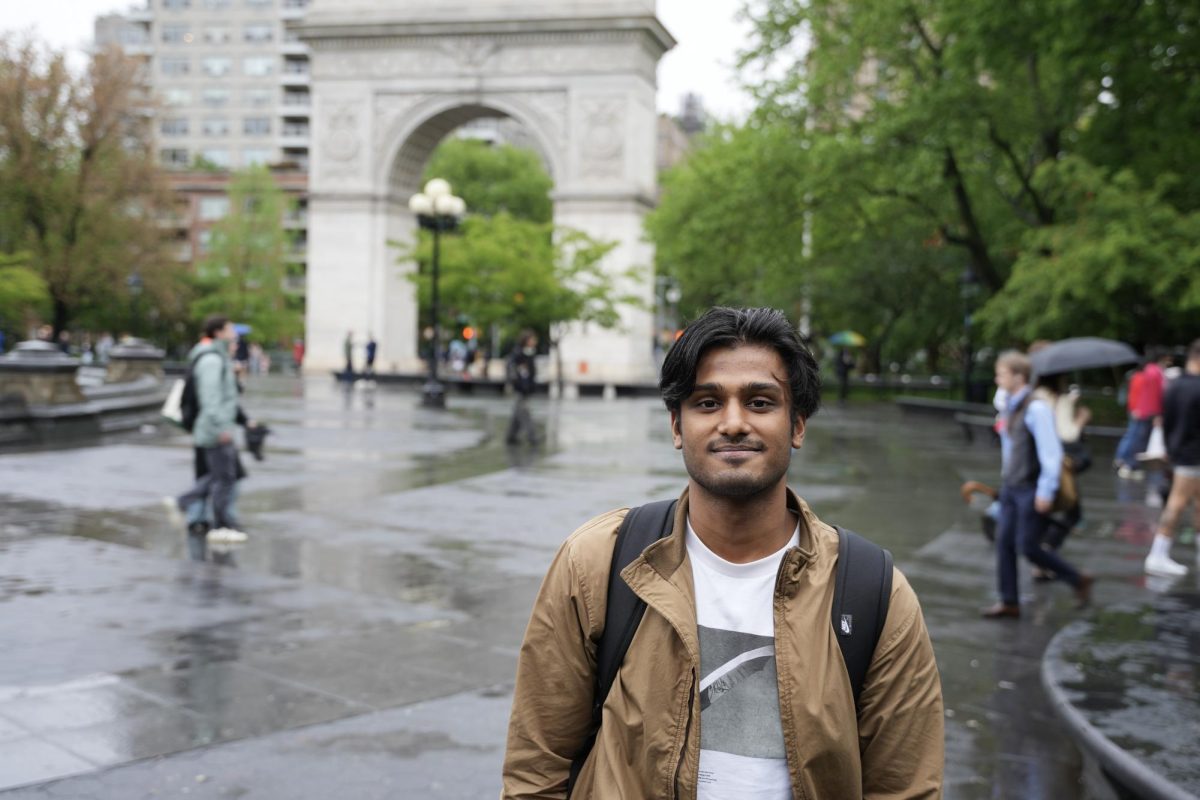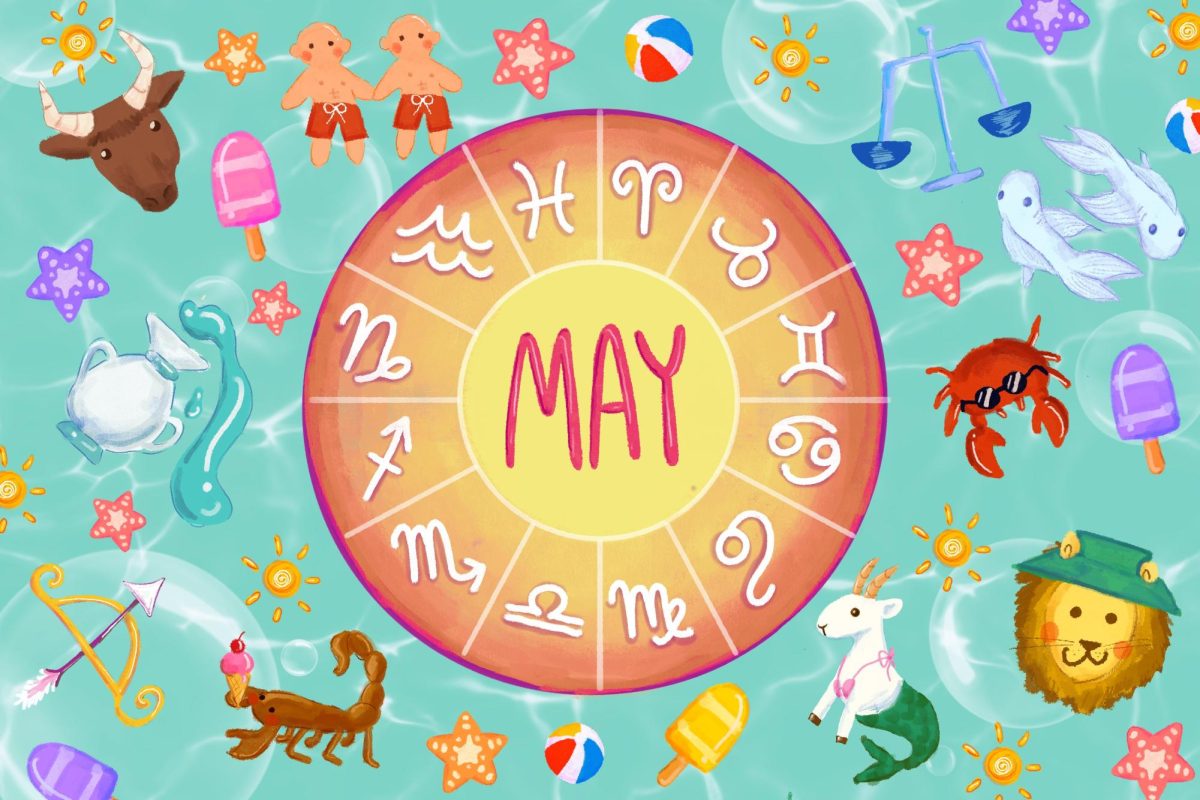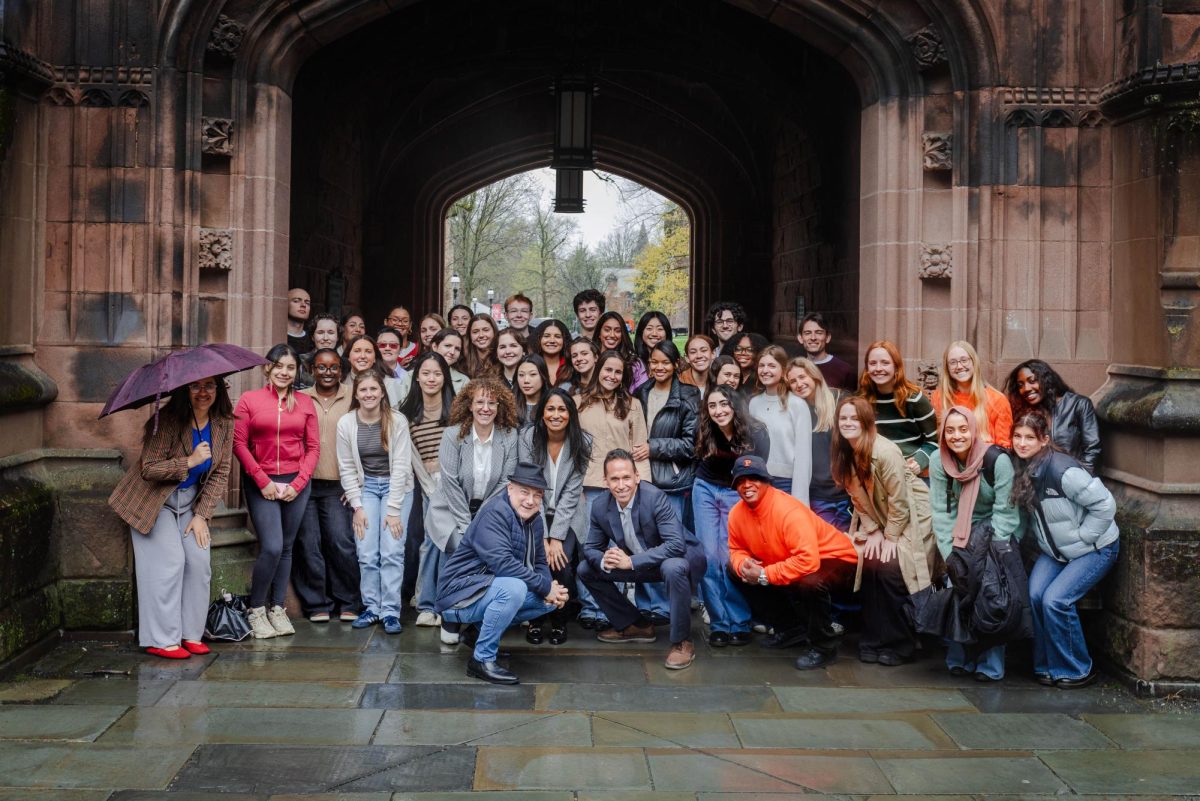With the 2013 Sundance Film Festival coming to a close and movies like “Fruitvale” and “Blood Brother” enjoying the royal awards treatment, it is perhaps Randy Moore’s “Escape from Tomorrow” that left the festival with the title of “most controversial.” Filmed almost entirely on location in Disneyland and Disney World, in Anaheim, Calif. and Orlando, Fla. respectively, but without permission from Disney, “Escape from Tomorrow” follows a man’s mental breakdown during his family vacation at the Happiest Place on Earth.
Cinematographer Lucas Lee Graham spoke with WSN about the process of creating such a daring film and exposing it to the audience of Sundance.
“Before the first screening, [director] Randy [Moore] and I were shaking, we were so nervous,” Graham explained. “Up until that point, nobody had seen it.”
Moore and Graham knew that “Tomorrow” was never going to receive consent from Disney officials to film on the theme parks’ premises due to its dark and adult themes, making guerilla-style filmmaking — a method embodied by shooting in real locations and without permission — a necessity. Moore hired Graham after approaching him in a Starbucks coffeeshop, and the idea of filming in the Disney parks immediately intrigued Graham. Production placed Moore, his cast and his crew at the constant risk of being caught, but an extensive pre-production period helped alleviate the danger.
“We scouted heavily both parks,” Graham said. “We brought the DSLR [cameras] that we planed on shooting the movie with with us, just to get a feel of how it would play out.”
What Graham discovered, however, is that many of the parkgoers used the same cameras that the crew did, allowing them to blend in more easily as they shot their movie.
“That took a lot of the stress off, right off the bat,” Graham said. “We thought ‘Oh my god, we can get away with anything.’”
Since their Sundance screening, Disney has yet to reach out to the filmmakers, but it seems as if the film’s journey has just begun. While no specific distribution companies have publicly announced acquisition of the film, “Tomorrow’s” positive reviews have generated quite a bit of buzz.
As for Graham’s advice to filmmakers who dream of tackling an endeavor like “Escape from Tomorrow,” he gives a simple response.
“Don’t do it,” he said.
Graham also stressed that they did not film at the Disney parks to be “rule breakers,” but rather because the locations were essential to telling the film’s story.
Finally, he concluded, “If you have a story that is worth telling, and there is no other way to do it … go for it.” Moore’s “Escape from Tomorrow” may not only inspire more use of guerilla-style filmmaking but also open the door for more movies to test the boundaries of filmmaking as an art form.
A version of this article appeared in the Feb. 5 print edition. Jordan Axelrod is a contributing writer. Email him at [email protected].






















































































































































